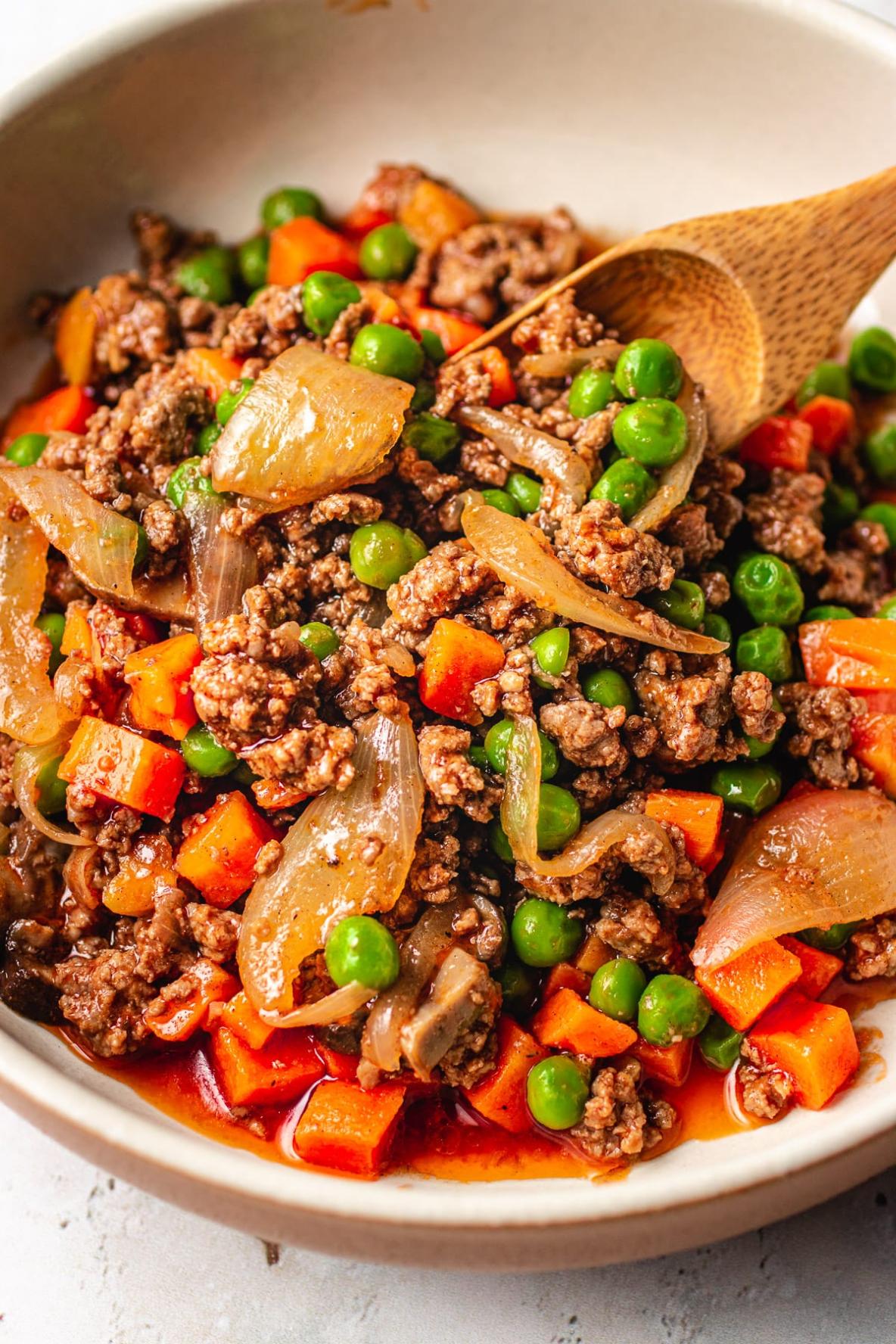Healthy Cooking on a Budget: How Can I Create Nutritious Meals Without Breaking the Bank?
In today's economic climate, many families are looking for ways to save money on their food budget without sacrificing nutrition. Healthy cooking on a budget is possible with a little planning and effort. Here are some tips to help you create nutritious meals without breaking the bank:

1. Plan Your Meals
One of the best ways to save money on groceries is to plan your meals ahead of time. This will help you avoid impulse purchases and ensure that you have all the ingredients you need on hand. When planning your meals, consider the following:
- Use seasonal produce: Seasonal produce is typically less expensive than produce that is out of season.
- Look for sales: Many grocery stores offer sales on certain items each week. Take advantage of these sales to stock up on ingredients that you use frequently.
- Buy in bulk: Buying in bulk can save you money on many items, such as rice, beans, and pasta. Just be sure to store these items properly so they don't go bad.
- Cook in bulk: Cooking in bulk is a great way to save time and money. Cook a large batch of soup, stew, or chili on the weekend, and then freeze individual portions for later. This will give you healthy meals that you can easily heat up during the week.
2. Choose Budget-Friendly Proteins
Protein is an essential part of a healthy diet, but it can also be one of the most expensive grocery items. Here are some budget-friendly protein sources:
- Beans and lentils: Beans and lentils are a great source of protein, fiber, and iron. They are also very affordable.
- Eggs: Eggs are a good source of protein, vitamins, and minerals. They are also relatively inexpensive.
- Chicken: Chicken is a versatile protein that can be used in a variety of dishes. It is also relatively affordable.
- Pork: Pork is another affordable protein that can be used in a variety of dishes.
- Fish: Fish is a good source of protein, omega-3 fatty acids, and other nutrients. It can be more expensive than other protein sources, but it is worth the investment for your health.
3. Use Healthy Fats
Healthy fats are an important part of a healthy diet. They help you absorb vitamins, protect your heart, and provide energy. Here are some healthy fats to include in your diet:
- Olive oil: Olive oil is a good source of monounsaturated fats, which are beneficial for your heart.
- Avocado oil: Avocado oil is another good source of monounsaturated fats. It is also a good source of vitamin E.
- Nuts and seeds: Nuts and seeds are a good source of healthy fats, protein, and fiber. They can be added to salads, yogurt, or trail mix.
4. Limit Processed Foods

Processed foods are often high in unhealthy fats, sugar, and sodium. They can also be expensive. Limit processed foods in your diet and focus on eating whole, unprocessed foods instead.
5. Cook At Home
Cooking at home is one of the best ways to save money on food. When you cook at home, you can control the ingredients that go into your food and you can avoid the high prices of restaurant meals.
6. Use Herbs And Spices
Herbs and spices can add flavor to your food without adding extra calories or fat. They can also help you reduce your sodium intake. Experiment with different herbs and spices to find ones that you enjoy.
7. Get Creative
There are many ways to create delicious and nutritious meals on a budget. Get creative with your cooking and experiment with different recipes. You may be surprised at what you can create with a few simple ingredients.
With a little planning and effort, you can create nutritious meals that are both delicious and budget-friendly. So next time you're feeling overwhelmed by the cost of groceries, remember these tips and start saving money on your food budget today.
YesNo

Leave a Reply